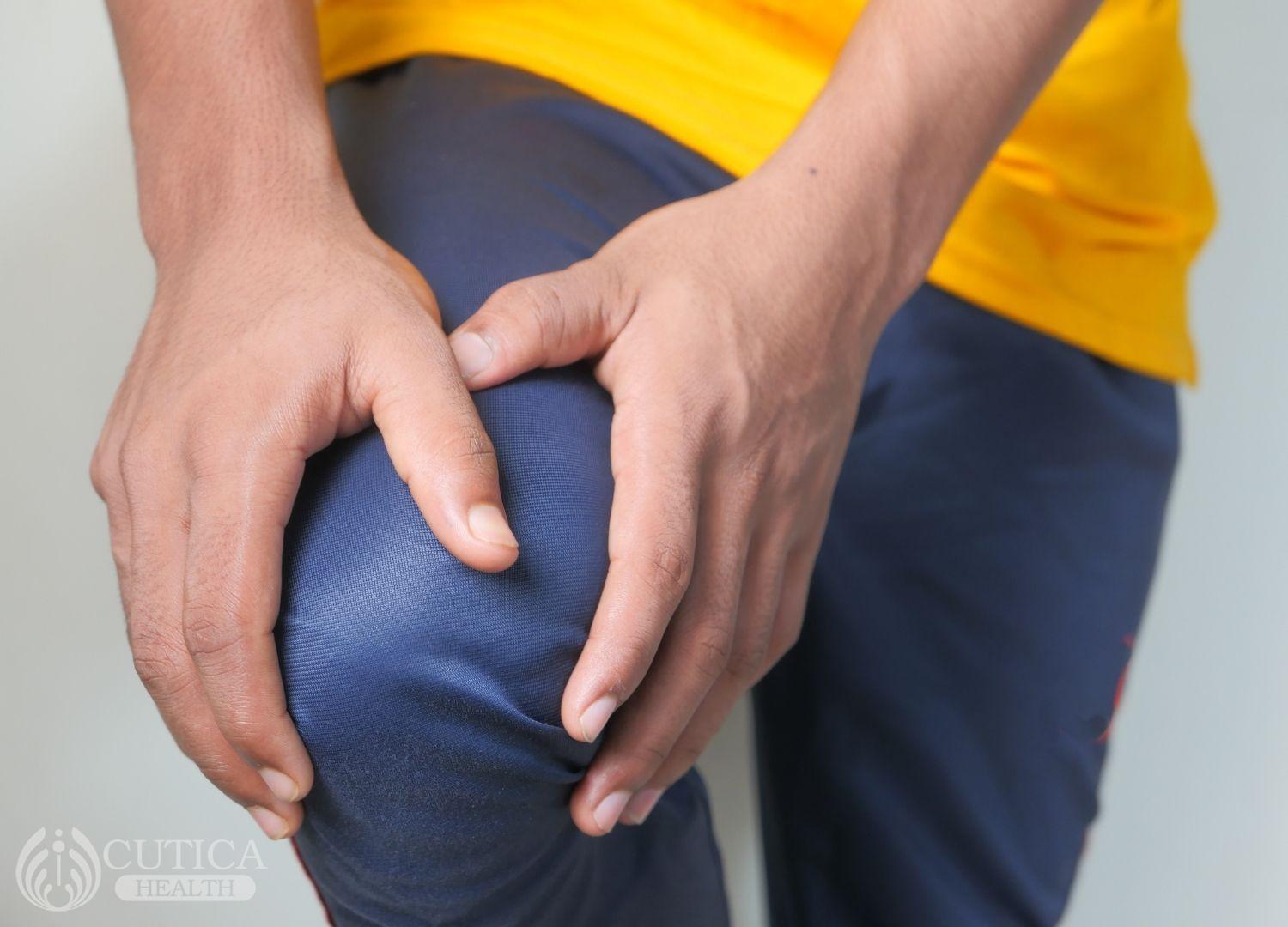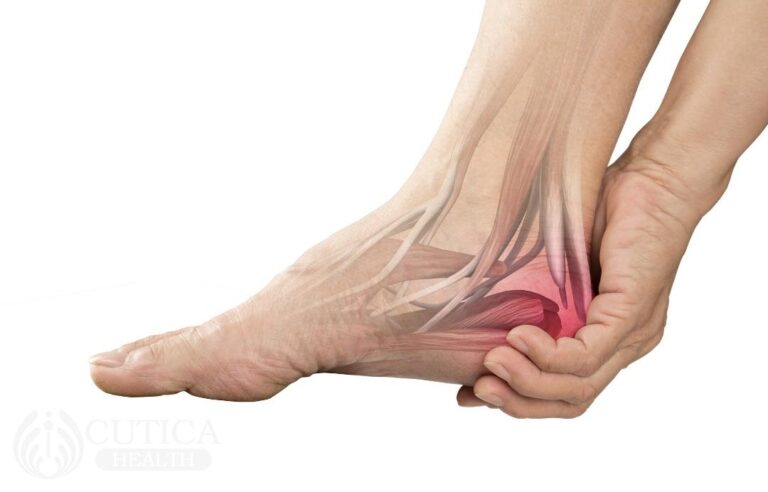Bleeding joints: could it be haemophilia
Having bleeding joints can be a scary symptom and can be extremely painful. When doctors think of bleeding joints, the first thing that comes to mind is a bleeding disorder called haemophilia.
Haemophilia is an inherited bleeding disorder which causes blood not to clot as it should, resulting in spontaneous bleeding and bruising after surgery or other minor injuries. Proteins called clotting factors work with other blood cells called platelets to stop bleeding at the site of an injury.
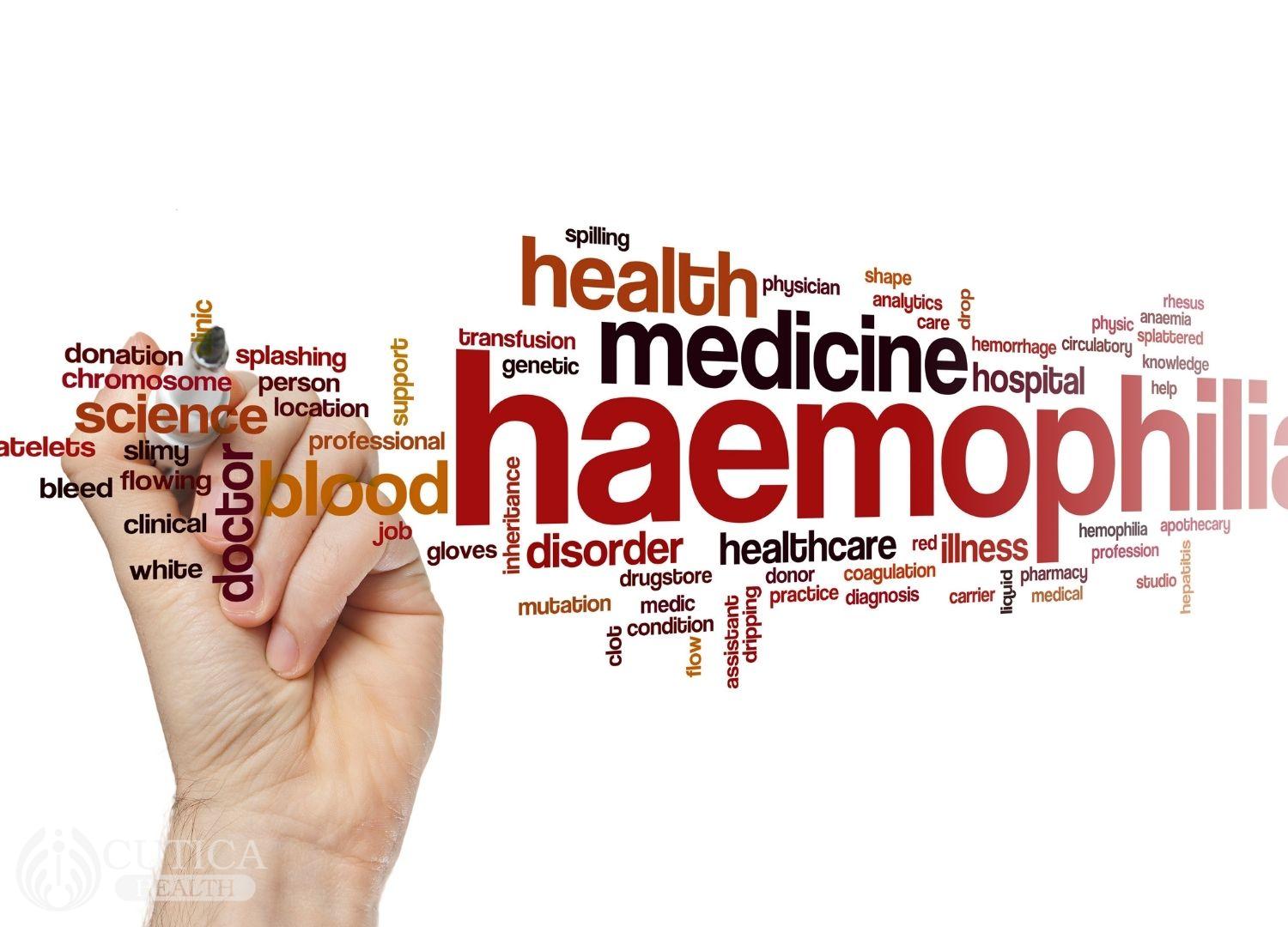
Haemophilia is an inherited disorder, which means that a person is born with the condition. And this disease occurs in males only due to the genetics involved in the inheritance of the gene for haemophilia. Females can also inherit haemophilia; however, this is rare. Rarely, a person may develop acquired haemophilia. In these cases, the affected person typically has no family or personal history of haemophilia. Instead, acquired haemophilia is a condition where the body’s immune system starts to attack the clotting factors found in the blood.
Types of Haemophilia
There are two major types of haemophilia — type A and type B. Both A and B can be mild, moderate or severe.
Haemophilia A: occurs due to a lack of clotting factor VIII. This type of haemophilia is four times more common than haemophilia B. Of those, more than half of people with haemophilia A have the severe form.
Haemophilia B: colloquially known as Christmas disease, happens due to a lack of clotting factor IX. Haemophilia B occurs in around 1 in every 25,000 males born worldwide.
Von Willebrand disease: This is another genetic disorder that causes frequent bleeding. It causes bleeding episodes such as nosebleeds, bleeding gums, and excessive menstrual periods. The condition affects every sex equally. However, females are more likely to develop symptoms. This is because people with a menstrual cycle may notice heavier or abnormal bleeding during menstrual periods, childbirth, or post-childbirth.
Symptoms of Haemophilia
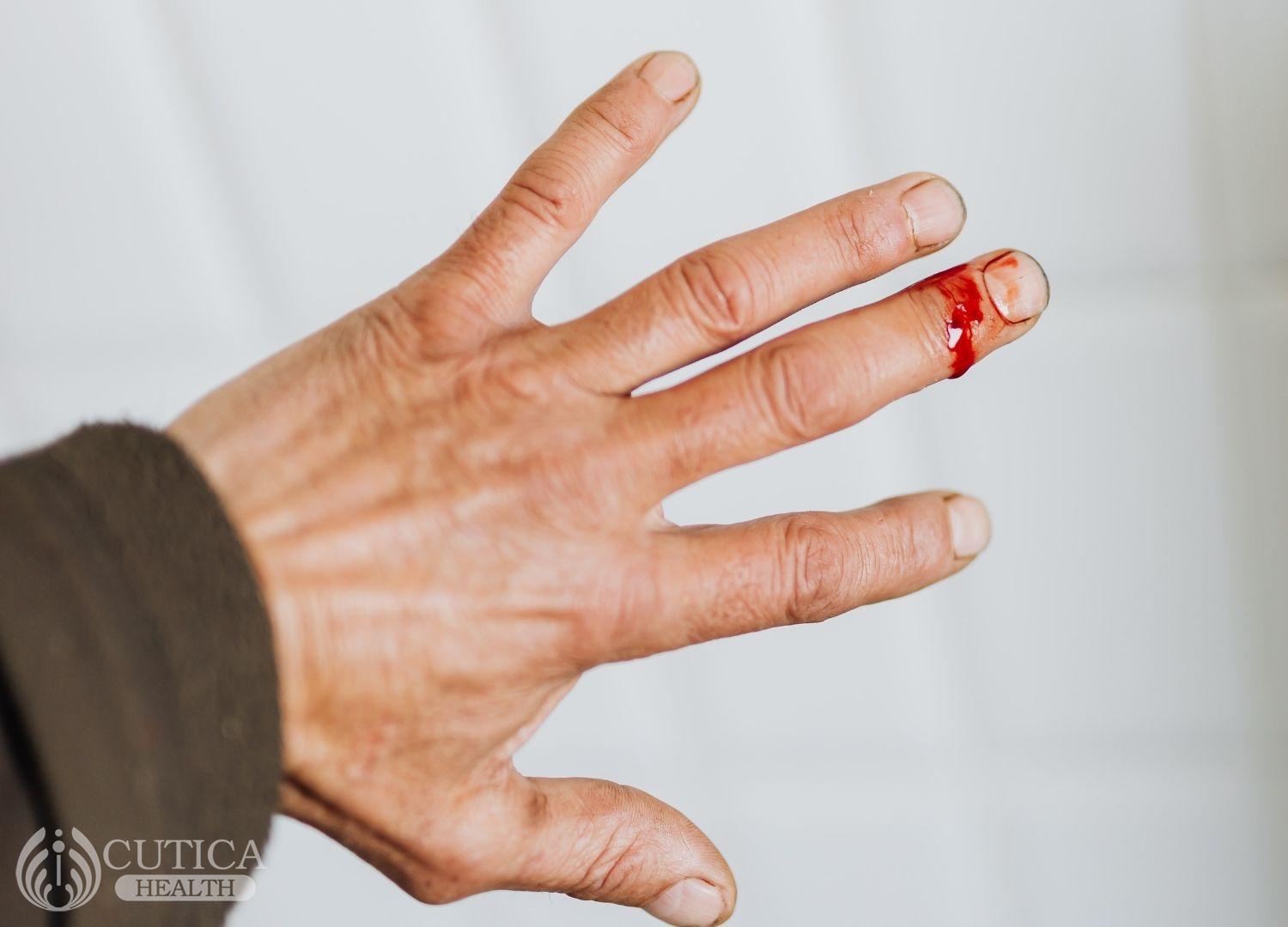
Symptoms of haemophilia include bruising, haematomas (bleeding into the muscle or soft tissues), bleeding from the mouth and gums, bleeding after a circumcision, blood in the stool, blood in the urine, nosebleeds that are frequent and difficult to stop, bleeding after vaccinations or other injections, and bleeding into the joints.
Treatment of Haemophilia
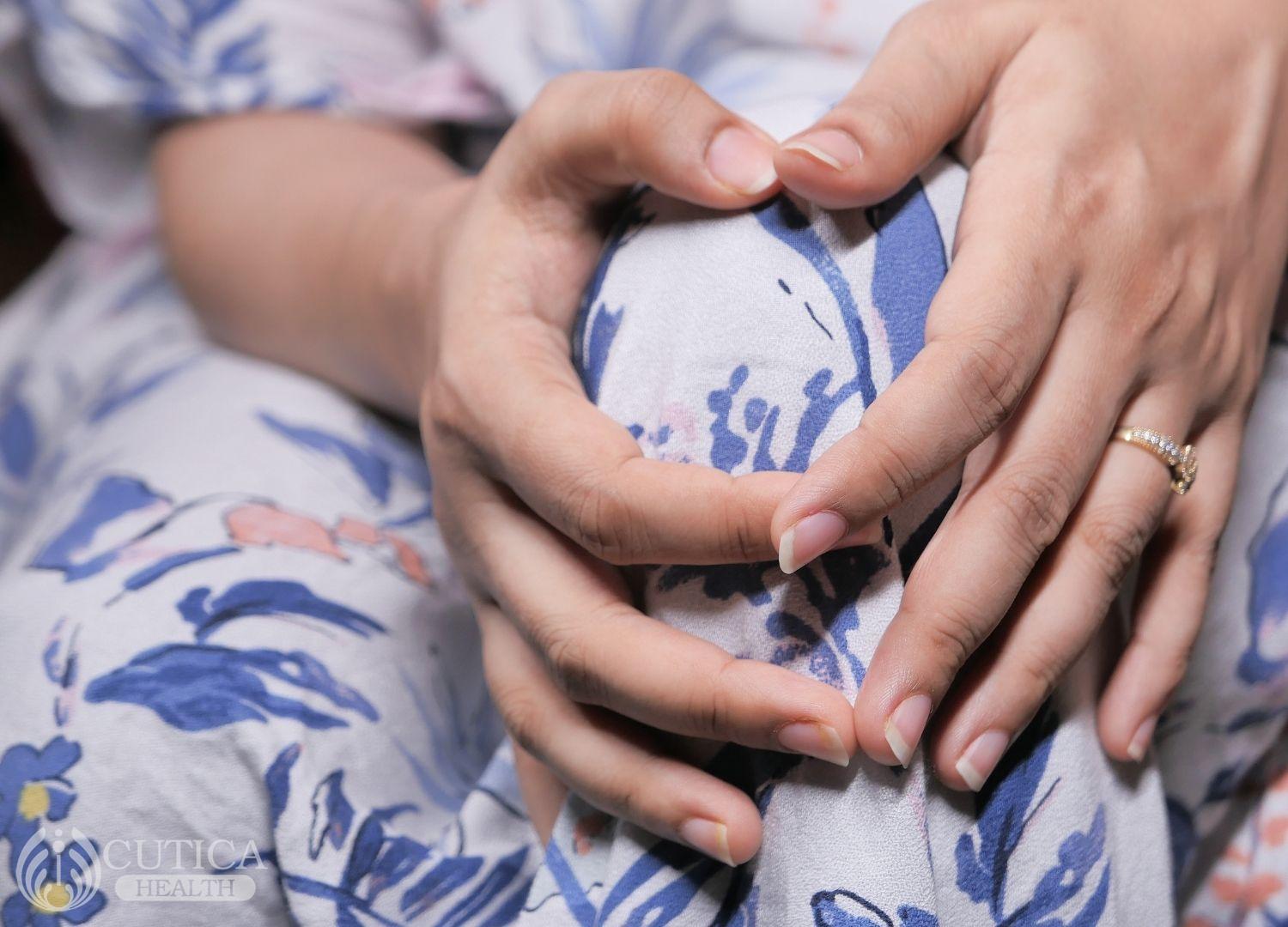
While haemophilia has no cure, doctors can successfully treat the condition. Treatment focuses on replacing the missing protein and preventing complications. It involves administering or replacing the clotting factors that are too low or missing. Blood containing clotting factors or synthetic forms of clotting factor are administered to treat the condition. However, there are other novel treatment options which can be used to treat haemophilia also.
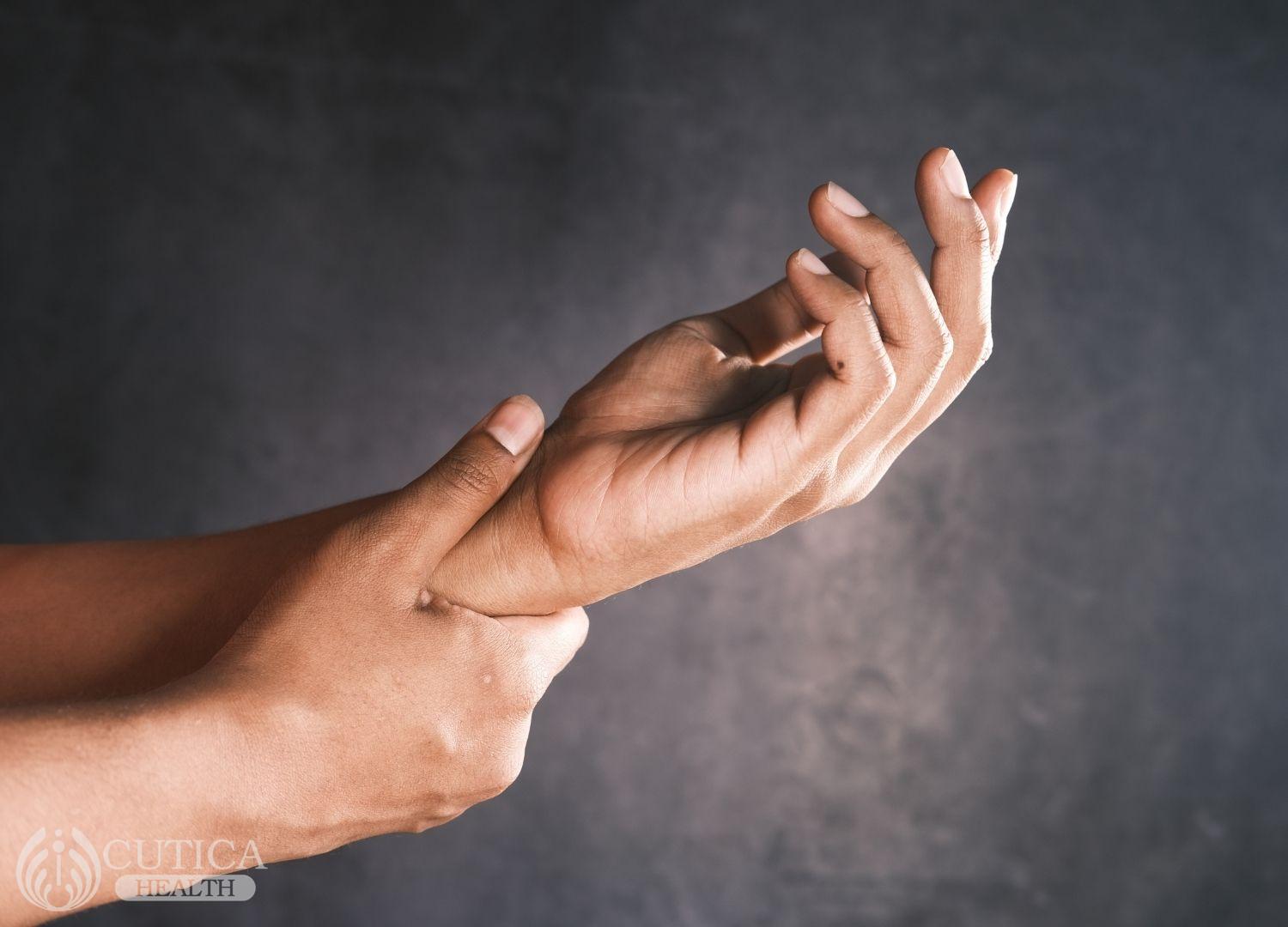
Bleeding joints could result in devastating consequences such as permanent damage to the joint involved and so should be managed appropriately. People living with haemophilia should take their clinic appointments and treatment plan with utmost seriousness to avoid this and other complications.




